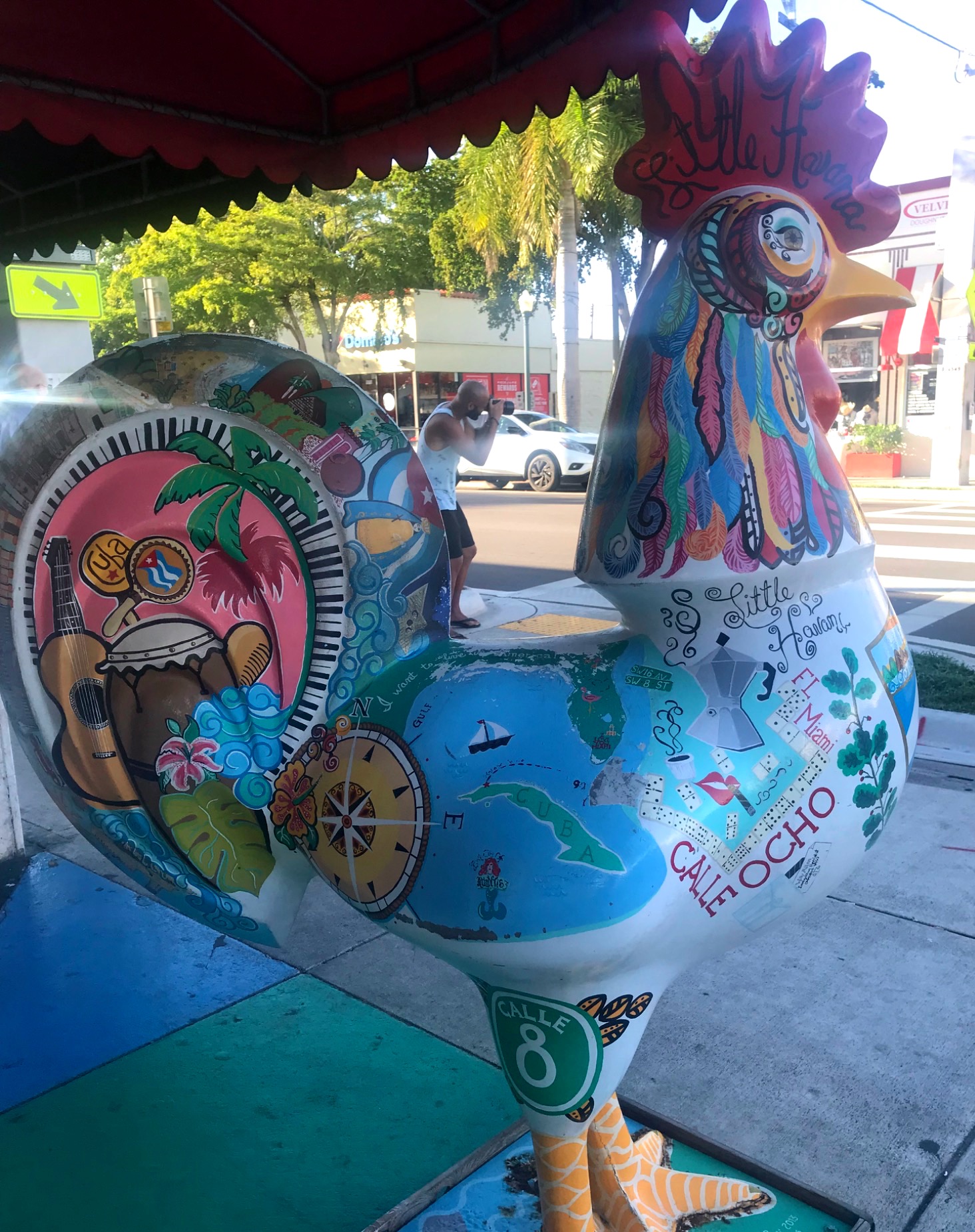
Missing the stop in Miami
The tour promised a comprehensive education in Cuba's culinary history. Lightly toasted oblong sandwiches tightly packed with pork, pickles and cheese, pastries plump with gooey guava. Syrupy cafecito shots served from tiny window hatches. Sharp, fresh mint mojitos. Unsurprisingly, the prospect of a gluttonous afternoon overshadowed the need to give tedious transport plans much thought.
With only a vague notion of our intended direction, we'd stepped from the comforting pastel-hued cocoon of the hotel, politely shunning the receptionist's recommendation to call another dollar-gobbling metered cab. Instead, we'd chosen to leave South Beach by bus, crossing the causeway over Biscayne Bay into Downtown and onwards to Miami's Cuban neighbourhood. A test of our savvy traveller mettle. Smartphones were set to flight mode, and we agreed a rudimentary paper timetable picked from the bus stop display would serve as an adequate guide.
Two buses would take us to the designated art gallery meeting spot on 8th Street or Calle Ocho, the thrumming spine of Little Havana. Forty-five minutes with a simple line switch somewhere in the middle. Straightforward.
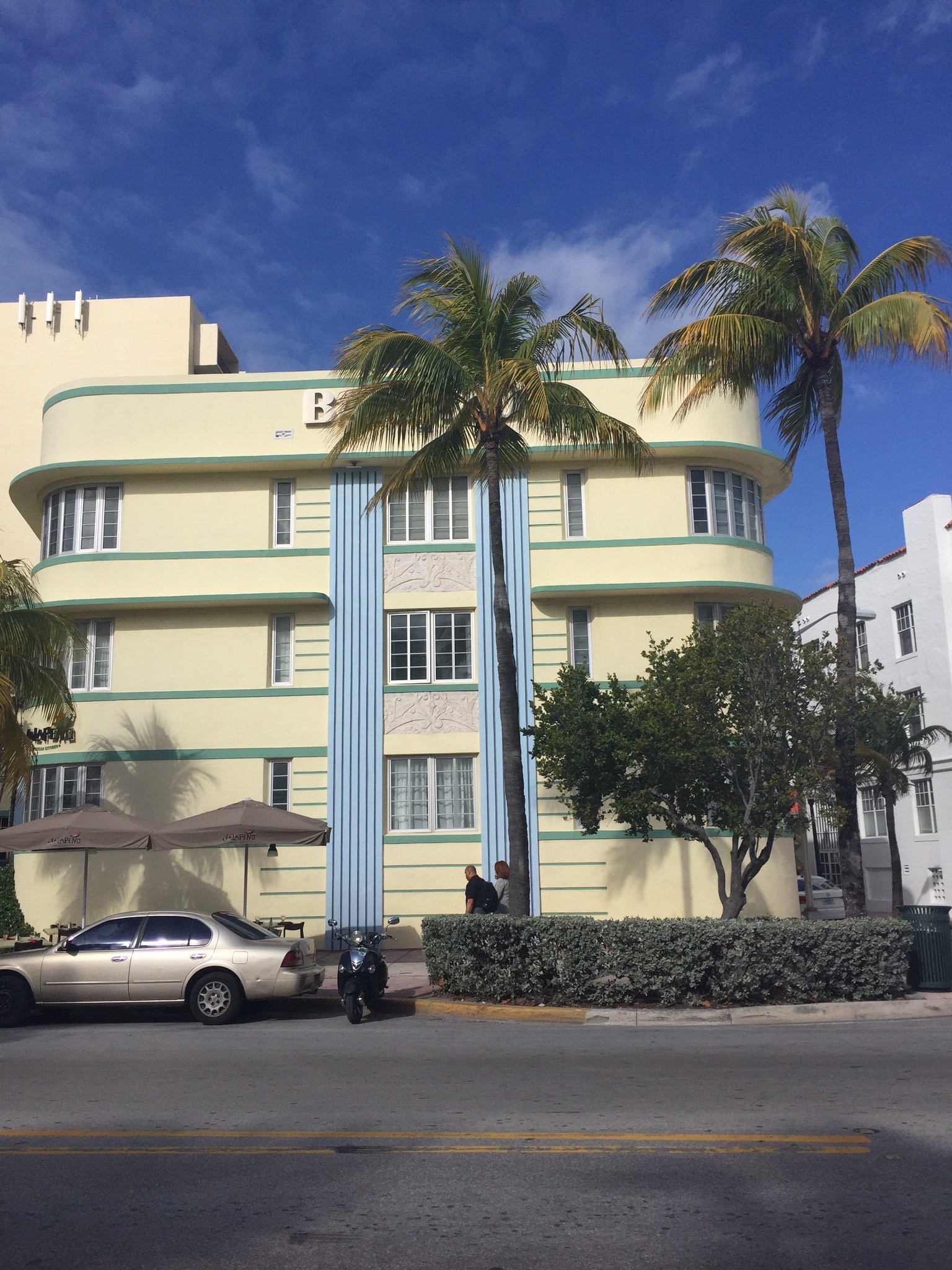
On board, we soon settled into a pleasant daze, absorbing the canvas outside the huge bus windows as it segued from the appealing Art Deco landscape of South Beach to Downtown's gleaming skyscrapers. Our elevated seats gave a helicopter view of the well-groomed heads of luxury convertible drivers alongside us; fancy wheels granted no reprieve from the stuttering and relentless snarl of Miami's traffic.
A grimy air brake sneeze shook us out of our reverie but didn't follow with the expected bus door opening. We pressed the bell and stood to get off at our switchpoint, but the concertina doors remained resolutely closed. There'd be no getting out here. The driver had made the decision for us, opted not to let us off and accelerated. Attempts to catch his eye with questioning looks and shrugs in the rearview mirror elicited no further clues. Instead, the rundown neighbourhood with palpable foreboding outside the window explained his actions. The bus journey would continue, but now we'd been whisked off course without knowing where we were. Frantically tapping phones to activate a connection again, the self-enforced navigational technology ban was pitifully short-lived, flimsy travel plans gone awry. Now, feeling foolish and dislocated, we needed a plan B.
A busy nearby hospital with groups of people milling outside seemed a reasonable place to try and step off again. This time, ringing the stop request bell made doors release us to the intense Floridian heat before the driver moved away without a nod. A woman smoking on a bench gave us a barely disguised look up and down before suggesting calling an Uber would be a better idea than waiting for another bus. As the driver, Luis - I won't forget that name - rounded the block in a dusty blue Fiat minutes later, I realised I'd never been more grateful to see a taxi.
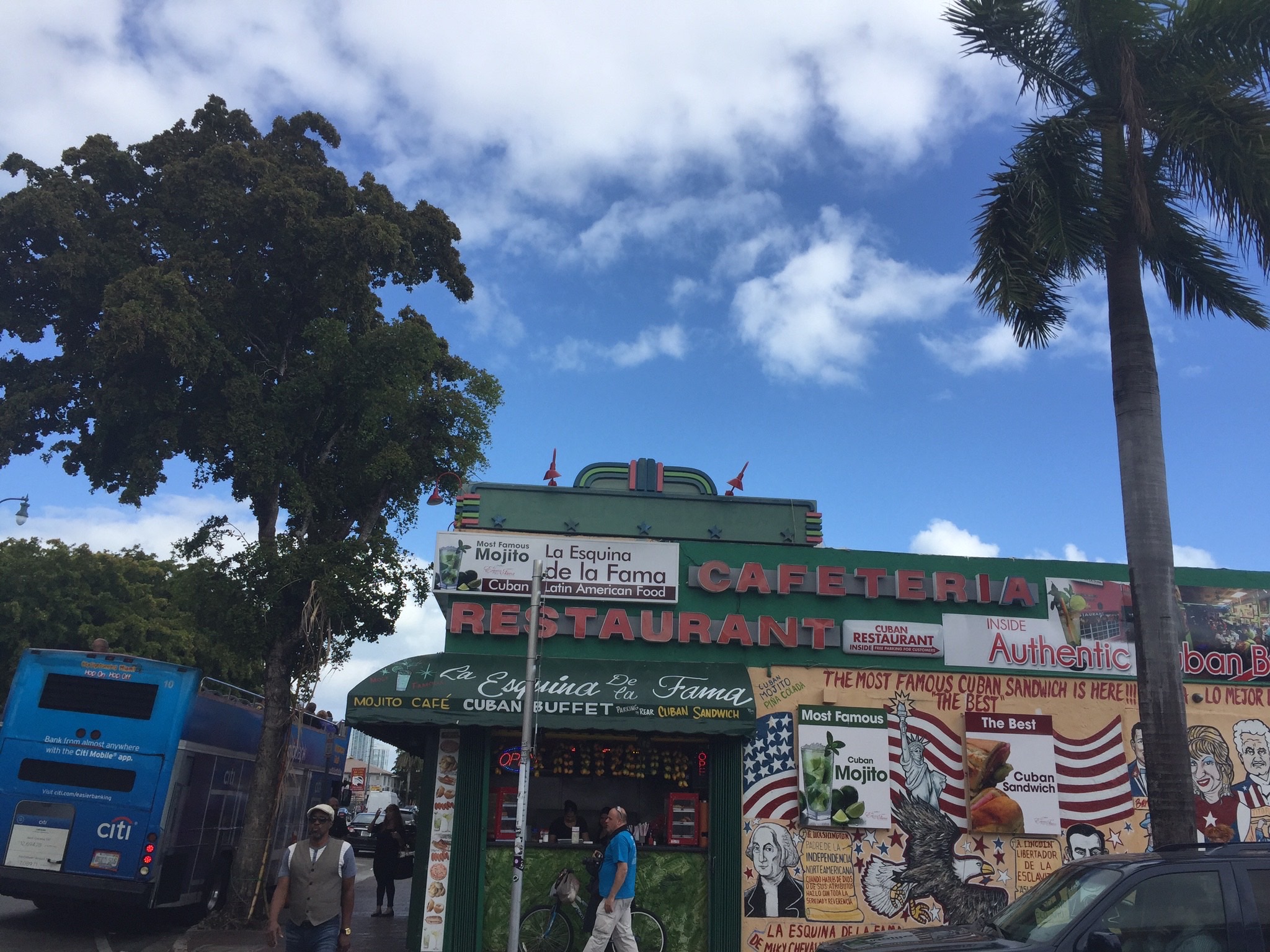

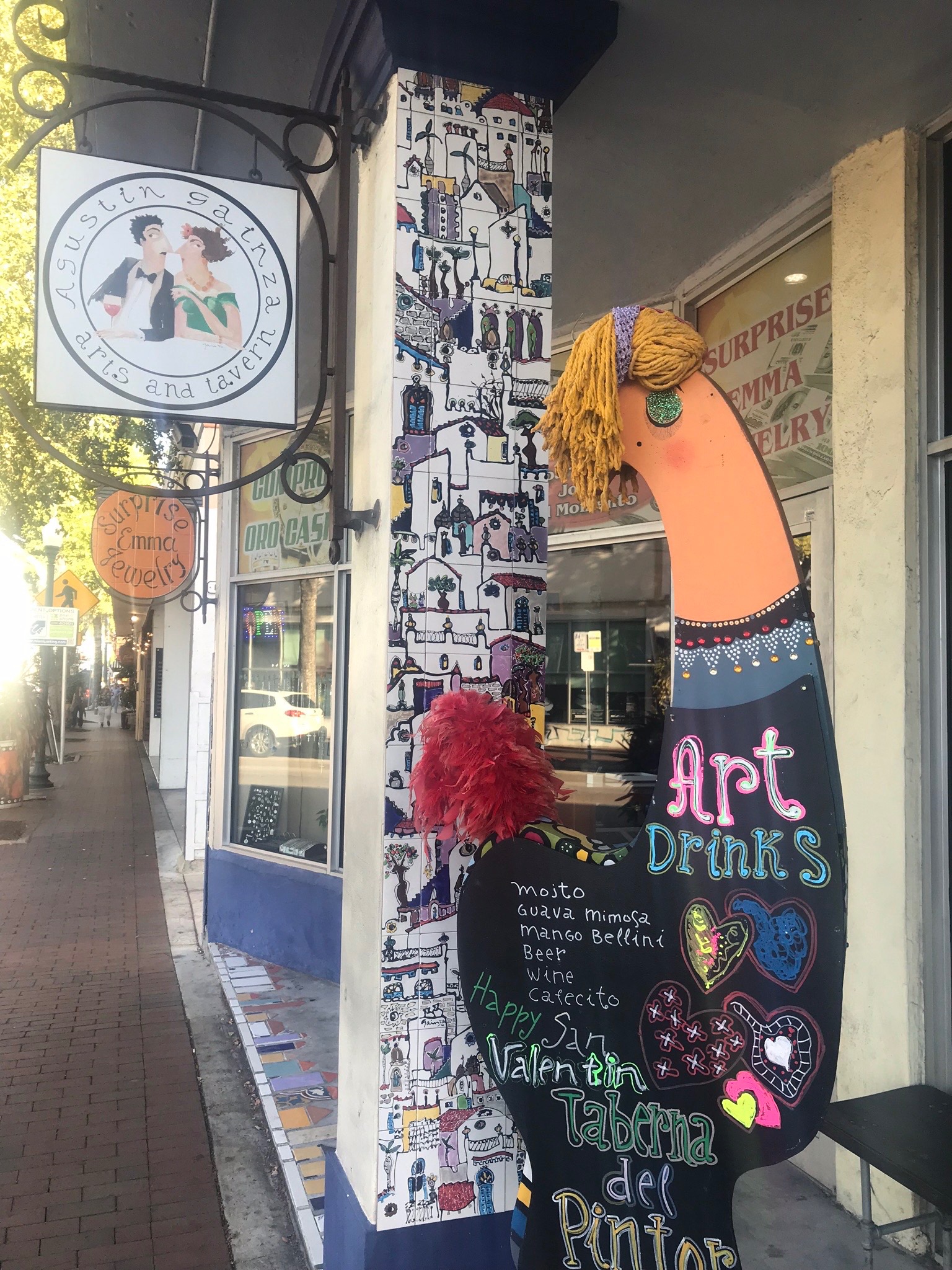
"For you", a soft Spanish accent combined with the dull clunk of glass set on metal as two generous red wines appeared on the pavement bistro table we'd commandeered to catch a breath. We hadn't ordered them. I don't particularly like it, but the Calle Ocho art gallery's owner had an instinct for what was needed. As the gifted bitter scarlet liquid warmed away our anxiety, we began to absorb the sights and sounds of Little Havana: vibrant murals, nattily-dressed rooster statues at regular intervals along the lively stretch, an ever-present salsa beat and unmistakable tobacco and coffee aromas. Despite the travel blunders, we'd arrived early for the food tour, with time to chat with the owner and artist and preview the gallery's characterful etchings, ceramics and paintings before the rest of the group showed up.
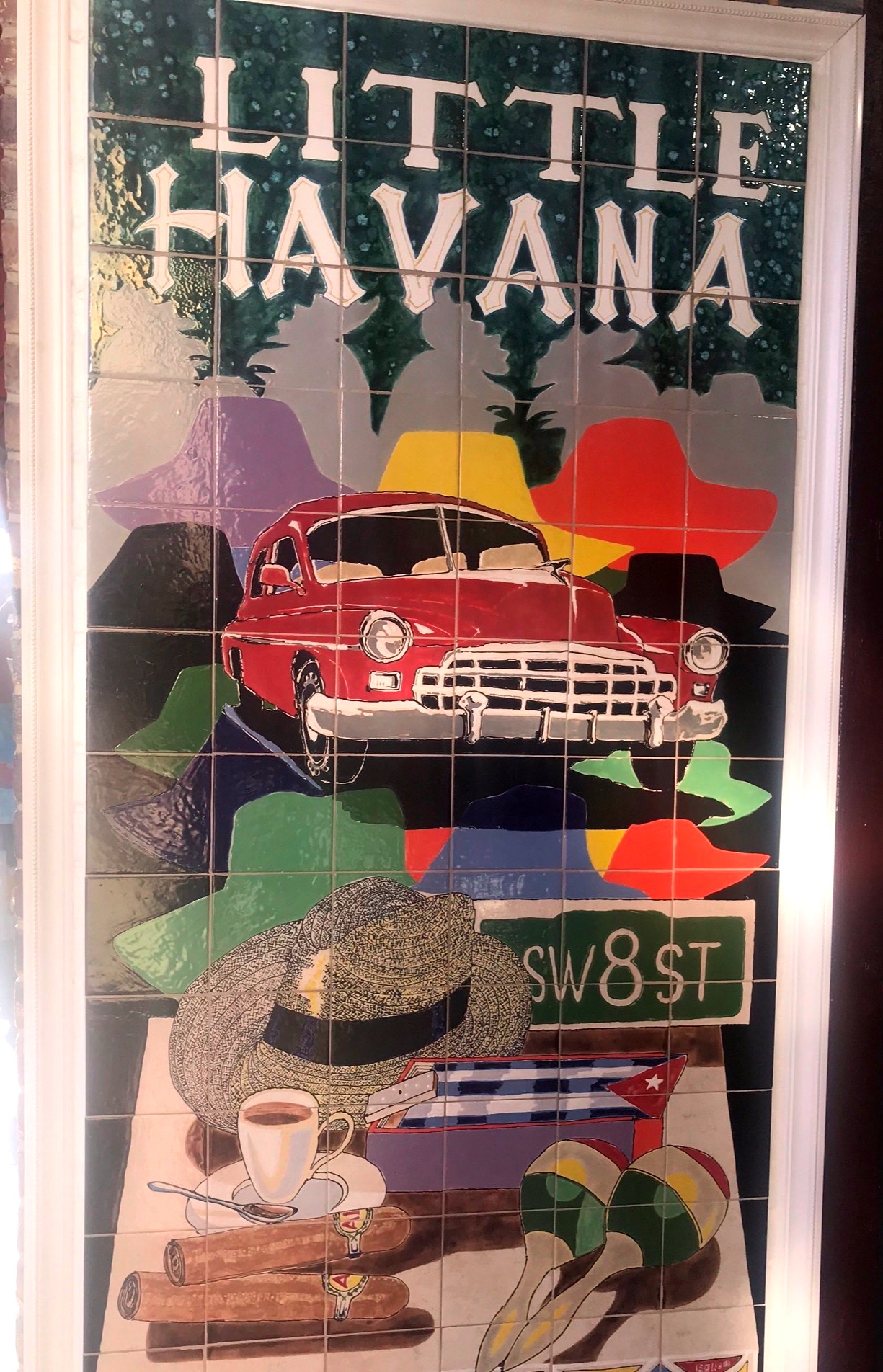
The wooden coaster on which my tea sits was purchased that day. With its bold hand-painted image of Miami's Freedom Tower—the emblematic building where Cuban settlers first established roots in the city—it's more than a souvenir. It's a reminder to embrace the unscripted, take the risk, let curiosity overshadow caution, and see where it takes you.
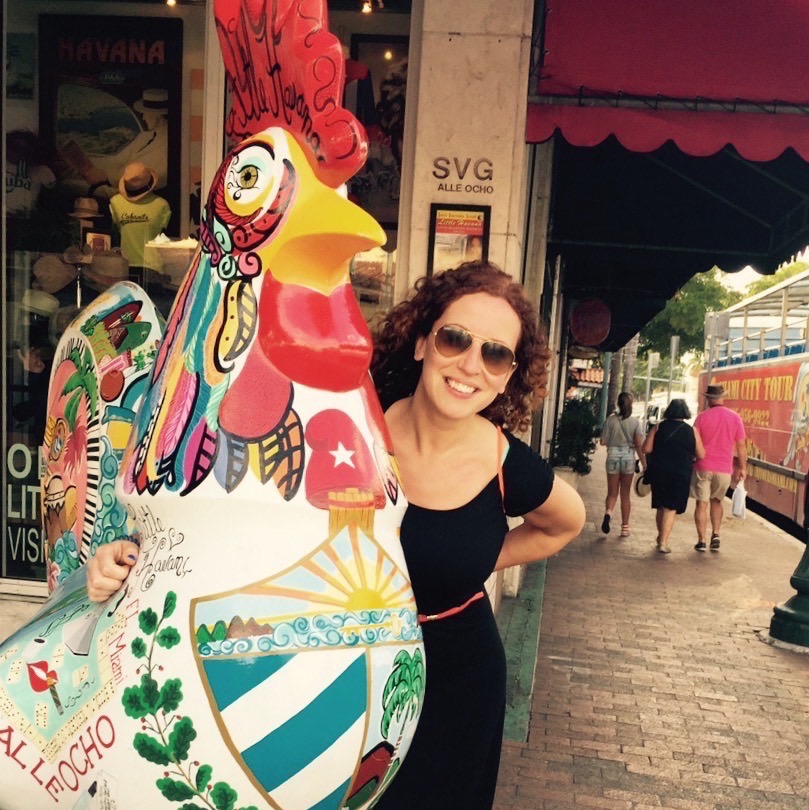

Post a comment